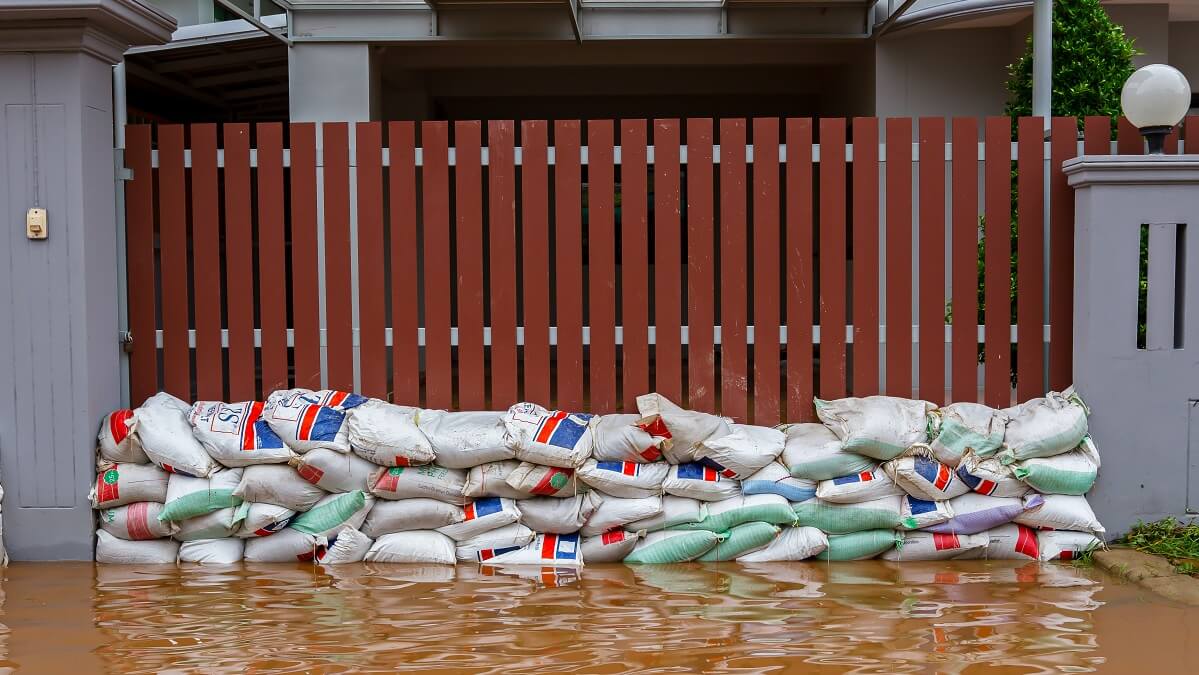Australia is no stranger to natural disasters. The country experiences a wide range of them, from bushfires and floods to cyclones and earthquakes.
Preparation is key when it comes to recovering your home and life as quickly as possible from natural disasters. Damage isn’t always avoidable. But these tips from AAMI can help to keep you and your loved ones safe, and potentially lessen the impact of natural disasters on your home and belongings.
Outline an emergency and evacuation plan
A natural disaster can strike at any time without warning. Confirming that your whole family know what to do in an emergency will help ensure their safety.
Each household is different, but your plan might include things such as:
- family/household member contact details
- workplace/school/day care contact details
- emergency contacts
- neighbour contact details
- your household’s safe meeting point
- your home’s electricity/gas/water supply location and how to turn it off
- emergency and evacuation kit location.
It’s important to share your plan with everyone in your household. It might be worth printing a copy for everyone so they can always refer to it.
Read: Is your home prepared for a natural disaster?
Put together emergency and evacuation kits
Keep a collection of supplies you think you would need if you were unable to leave your home for a period of time. Buy and store items such as:
- enough drinking water and non-perishable food for three days
- first-aid kit
- toiletries
- torch with spare batteries
- phone charger and fully charged portable battery or power pack
- hand sanitiser
- face masks.
In addition to the household emergency kit, each member of your household should have an evacuation kit ready to grab at short notice.
This could include:
- important documents and passports
- medication and prescriptions
- cash
- spare clothes
- blankets/bedding, and
- photos and valuables.
Bushfire preparation
If you’re in a bushfire-prone area, take these steps to protect your home:
- mow your grass regularly
- enclose open areas under your deck and floors
- seal all gaps in the external roof and wall cladding
- relocate any flammable liquid away from your home.
Cyclone preparation
In cyclone-prone areas such as northern Queensland, winds of up to 300km/h, torrential rain, storm surges and wild seas can occur.
The best defence against cyclones is making sure your property is strong enough to withstand them. Consider the following tips:
- asking your local council if your home is built to cyclone standards.
- checking your roof and repairing any loose tiles, eaves or roof screws
- fitting windows with shutters, plywood or metal screens to prevent glass from shattering.
- trimming any branches hanging over your house and clearing gutters of debris.
Read: Few Aussies prepared for an emergency, survey finds
Storm preparation
Large hailstones, strong winds and lightning all pose threats to homes. Protect your home against storms by:
- Sealing entry points, such as doors and windows. You might consider boarding up windows with storm shutters or plywood to reduce the likelihood of glass shattering.
- Tying down and securing any loose objects or items surrounding your home as they can be swept up by storms and potentially cause property damage.
- Stocking up on canned food and ensuring you have a battery-operated torch and radio on hand, with extra batteries.
Flood preparation
The recent downpours have highlighted how quickly floods can occur. Help protect your home from floods by:
- properly grading your property so that water drains away from your home
- repairing pavements, patios, decks or driveways that may allow water to pool close to your home
- landscaping your garden with plants and vegetation that will minimise soil erosion
- keeping storm drains clear of debris
- repairing or replacing your roof if tiles are deteriorating or missing.
Earthquake preparation
Each year, Australia experiences on average two earthquakes with magnitudes greater than five. To protect yourself and your home be sure to:
- secure heavy items to a wall or make sure they’re bolted down
- store heavy, breakable objects on low shelves
- fix any structural building issues (if possible).
Read: How to stay safe during extreme weather
Make sure you know what your home insurance covers
Home insurance can help cover the cost of repairs or replacement if your home is damaged or destroyed.
It’s important to understand what your home insurance policy covers and to make sure you have adequate coverage. Otherwise, you could be left with a large bill if your home is damaged or destroyed in the event of a natural disaster.
Do you live in an area prone to natural disasters? What do you do to protect your home? Why not share your tips in the comments section below?

